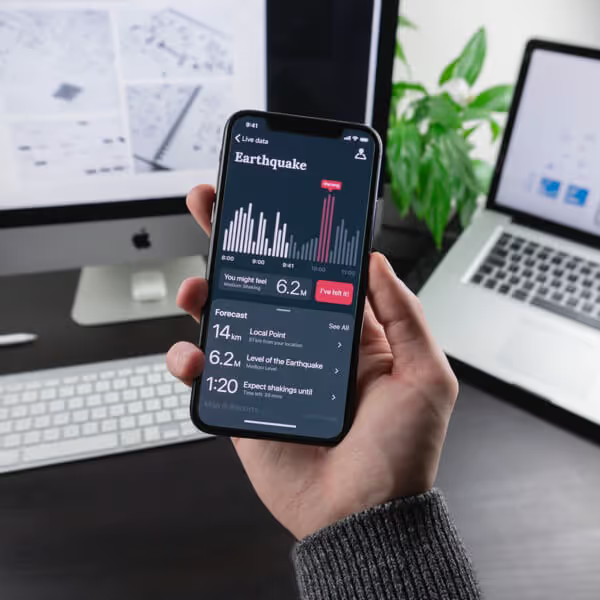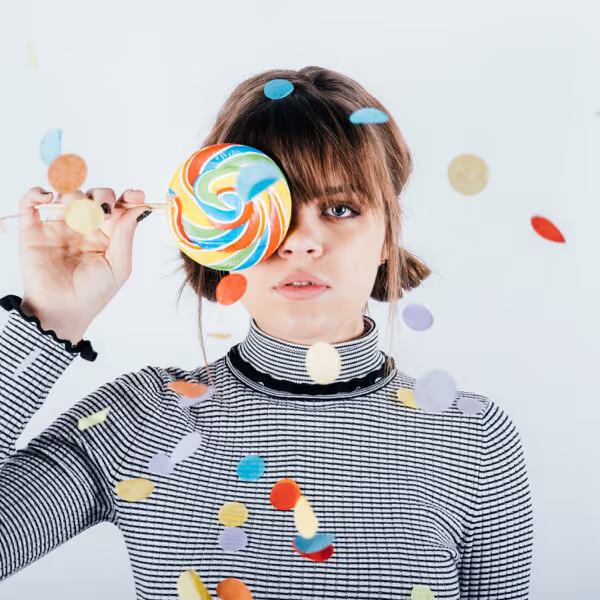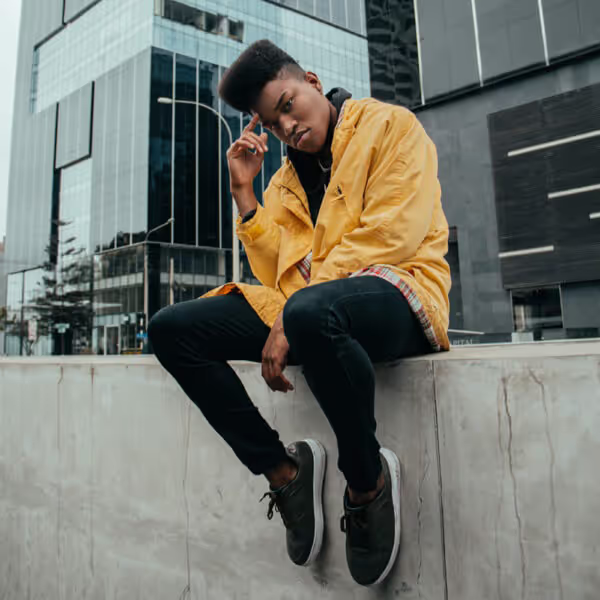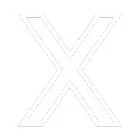ou’ve got a good – or even great – product or service, but only a portion of your target audience knows your brand exists and the market is competitive. You’ve run some promotions and they’ve been ok, but they haven’t quite hit the mark you were hoping for. If this sounds familiar, what you might be lacking is a promotions strategy that addresses your customer journey and the buyer intent at each stage.
Your promotions strategy – as part of a more comprehensive marketing strategy – will largely depend on your objectives, target audience and budget.
If your budget is under $100,000 per year for example, then you’re not going to be in a position to invest in a commercial TV advertising activity which typically starts at $40,000 for a four-week campaign. Instead, you’re going to need to focus your efforts on more cost-effective channels like social media and search engine marketing.
On the other hand, if your target audience is broad then you’ll want to cover as many promotional channels as your budget allows –although without spreading it too thin and losing impact.
While the channels in each example differ, both will require the tailoring of your messaging according to the buyer intent of the chosen channel/s.
Before going any further, let’s get clear about what I mean when I use the term “buyer intent”. Buyer intent refers to the intention of a user to purchase something during a specific activity. Buyer intent can be identified using data - like first and last sales attribution activities from past promotions - or, where data doesn’t exist, empathy. Both you and I are after all also consumers and within the target audience of many businesses.
Let’s take a look at a few promotional channels in relation to buyer intent from an empathetic perspective.
Social Media Buyer Intent
When you hop into Facebook, Twitter, Instagram, YouTube, or LinkedIn, what is your intention? For most of us, our intention is social and/or educational. We seek updates on what our friends and/or connections are up to, what’s happening in the world today, what’s trending, what’s entertaining, etc. We don’t specifically go into our social media accounts with the intention to purchase. That being said, many of us are distracted by shiny things that are relevant to our needs and wants, so where a compelling offer to purchase something infiltrates our perusing’s and there are low barriers to purchasing, many of us will consider it.
For these reasons, the following promotional content is suitable for social media:
- Thought leadership content
- Trending content
- Inspiring content
- FMCG offers with low purchasing barriers
- Retargeting
Search Engine Buyer Intent
People use search engines to discover specific information. Their intent to satisfy a need is therefore high. Typically, these users have identified some kind of problem that they either need to educate themselves further on or they need to find a solution for.
For these reasons, the following promotional content is suitable for search engines:
- Educational content like blogs for those not quite ready to buy but who have identified a problem
- Direct promotion of specific goods or services for those seeking to buy in the short-term
Event Buyer Intent
Event attendees often fall into one or more of the following categories:
- Industry professionals who are prospective customers and genuinely looking to learn
- Professionals looking to expand their network
- Sales professionals looking to sell
Category one attendees are often in the minority, however, they have a high intent to buy and so if you can identify them and catch their attention then you’ll want to make sure you have the right messaging and sales collateral to help them make a purchasing decision.
The type of content you’ll want to provide prospects will need to demonstrate how you solve a problem and how you differentiate from your competitors. A compelling offer that increases the urgency to act will stand you in good stead for a positive return on your investment.
TV Buyer Intent
If you’re a prole (just kidding) and still watch commercial television and ads, you’re likely watching for entertainment and not to purchase. That being said, users watching TV are typically more engaged than those mindlessly scrolling through social media channels. So, while the intent to buy isn’t high for TV viewers, advertising is likely going to be more noticeable and therefore impactful. What’s more, commercial TV advertising carries the perception of being a household name and therefore can raise the brand profile of the advertiser.
If you’re looking to strengthen your brand and you have a decent budget, TV advertising is a great way to go. Even B2B organisations can benefit from TV advertising by targeting business and news-related programs on Foxtel (Sky News, etc.).
Website Buyer Intent
By the time a person is on your website – having been sent there via one or more promotional channels mentioned above - they have a pretty solid idea of what their challenge is and potentially how or what they need to solve it. The best website is easily and intuitively navigable and offers the following content:
- Educational content on how to solve an identified challenge
- How the product or service differentiates from alternative solutions
- Real examples of direct benefits
- Validation
- A way to get in touch or find out more information
Customer Journey Map
The easiest way to determine which channel to include in your promotion’s strategy, and what content and messaging to run with for each, is by mapping your customer journey and determining the buyer intent for each channel relating to the stage of the journey.
The details of customer journey mapping is a conversation for another time but hopefully, we’ve demonstrated the important role it plays in your promotions – and marketing – strategy.
Get in touch if you ever need help with planning or delivery of your marketing initiatives. Happy promoting!

.avif)
.avif)










